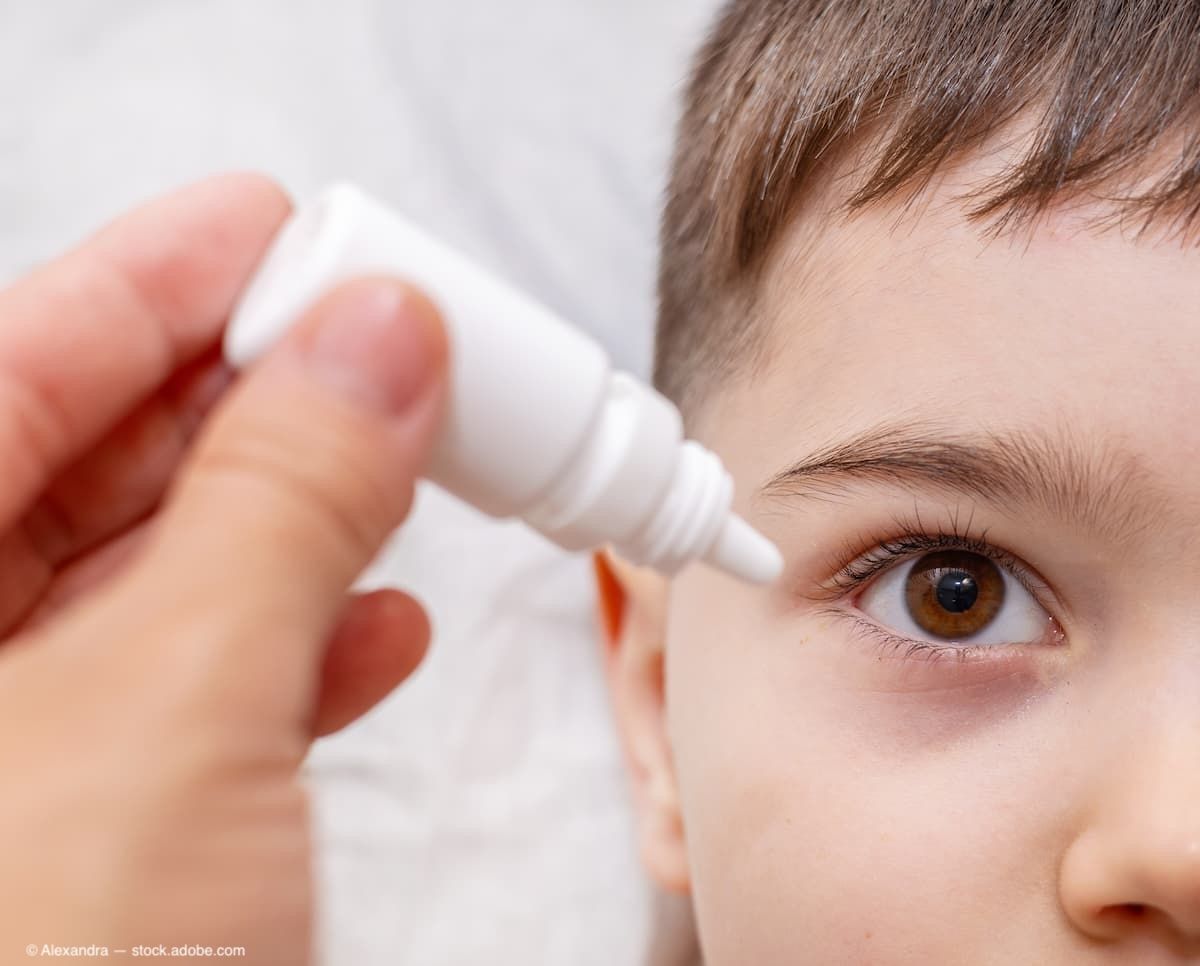Article
FDA: Kamra inlay benefits outweigh risks
Following deliberations, the FDA’s ophthalmic devices advisory panel has determined that the benefits of AcuFocus’ Kamra inlay outweigh the risks for patients suffering vision loss as a result of presbyopia.
Irvine, CA-Following deliberations, the FDA’s ophthalmic devices advisory panel has determined that the benefits of AcuFocus’ Kamra inlay outweigh the risks for patients suffering vision loss as a result of presbyopia.
The vote was cast after the panel reviewed clinical data on 508 patients with the inlay implanted monocularly in the U.S. Investigational Device Exemption clinical trial.
Several inlay patients spoke before the panel about their reduced dependence on reading glasses and renewed ability to perform regular daily tasks, such as reading, tying a fly-fishing lure, working on a computer, and driving with ease and without glasses, said AcuFocus in a prepared statement Monday.
Now that the panel’s vote has been made, the FDA will consider the outcomes as part of its own determination of the benefit-risk of AcuFocus’ pre-market approval (PMA) submission for the inlay.
Continue to page 2
“The inlay represents more than a decade of research, development, and clinical evaluation and we appreciated the opportunity to present (the inlay) data to the (panel),” said Nick Tarantino, OD, chief clinical and regulatory officer for AcuFocus. “We now look forward to continuing to work with the FDA on advancing the inlay PMA submission.”
For more articles in this issue of Ophthalmology Times eReport, click here.
To receive weekly clinical news and updates in ophthalmology, subscribe to the Ophthalmology Times eReport.
Newsletter
Don’t miss out—get Ophthalmology Times updates on the latest clinical advancements and expert interviews, straight to your inbox.




